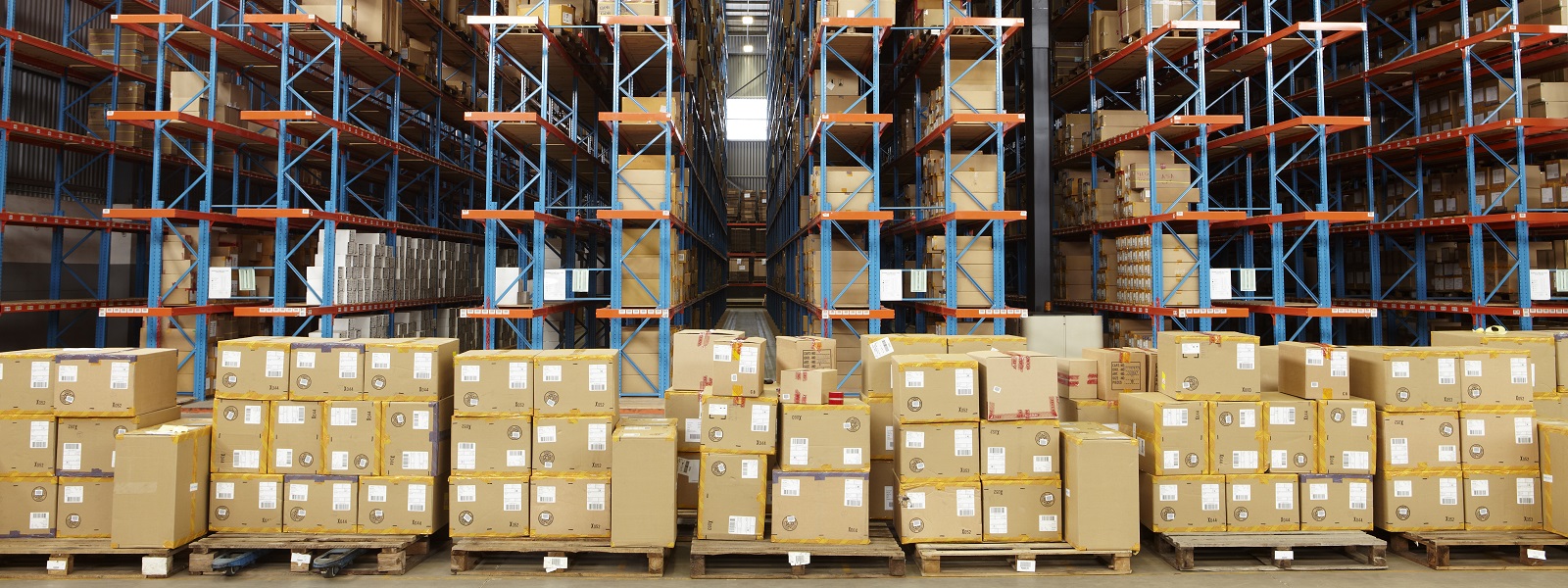Globally, there were 832 deals in the energy and utility industry during 2019, down 5% on 2018 (although 2019 was still the third-best year on record). Deal value fell more sharply, by 32% to US$150.6 billion. Increasingly, however, the renewables sector accounts for a growing share of this activity.
Renewed focus
The importance of renewable energy assets in driving energy industry M&A reflects the ambition of stakeholders throughout the value chain to increase exposure to renewables and to raise renewables’ share of the energy mix.
In Europe, the French energy giant ENGIE is just one example of a major utility seeking to grow its renewables business through M&A. In December, it joined a consortium of investors to pay US$2.4 billion for six hydroelectric assets owned by Energias de Portugal (EDP). Elsewhere in Europe, Italy’s ENEL is also making a big push into renewables, developing new capacity and making acquisitions, including last year’s US$644 million (inclusive of net debt) purchase of a 50% stake in seven US renewables assets from GE Energy Financial Services.
Nor are utility firms the only ones turning seriously to renewable energy. Shell and Total were among the bidders in the sale process last year for Dutch power and utility firm Eneco. The asset, which is primarily focused on renewables, was ultimately sold to Mitsubishi and utility firm Chubu Electric Power for US$4.8 billion (including net debt), but the interest from Shell and Total demonstrates the increasing willingness of oil majors to venture into power generation and renewables.
Strategic investors in the US are also increasing their activity. American Electric Power’s US$894 million purchase of the wind generation and battery group Sempra Renewables was just one example of such a deal last year. Elsewhere, the US’s TerraForm Power paid US$720 million for Canada’s AltaGas power, a specialist in solar power and fuel cells.
China's impact
Then there is the impact of China. Chinese bidders were responsible for several of the largest deals of the year in the renewables sector, including the largest renewable energy-related deal of the year, the US$6.8 billion take-private transaction at Hanergy Thin Film Power Group, which makes products for the solar energy industry.
The most significant M&A news in the renewables sector, however, involved a failed takeover by a Chinese bidder. China Three Gorges (CTG) had agreed to pay US$28.4 billion (including net debt) for a majority stake in Portugal’s EDP in a deal that the Portuguese government had accepted; the transaction collapsed amid disagreements over a cap on voting rights. While unsuccessful, the would-be transaction underlines the country’s desire to acquire renewable assets and additional capacity all around the world.
PE appetite
It is not only strategic investors that are driving renewables M&A—financial sponsors are also attracted to the sector. The US$6.1 billion purchase by Canada Pension Plan Investment Board (CPPIB) of US-based renewable energy firm Pattern Energy was another of the year’s largest renewables transactions. For institutions such as CPPIB, the sector’s long-term yield profile, often underwritten by State guarantees, represents an excellent fit with liabilities.
Private equity is a fan of the sector too. For example, KKR invested about US$900 million to acquire an equity stake of an undisclosed size in a newly formed structured partnership with clean energy investor NextEra Energy Partners. The partnership owns ten wind and solar projects located across the US. In Europe, a consortium of financial sponsors led by Commerz Real paid US$2.6 billion for an 80% stake in the Veja Mate Offshore Project, Germany’s second-largest offshore wind farm.
Political push
Such investors are conscious of the drive by governments worldwide to promote renewables growth. France, for example, said last year that it will increase its renewable energy capacity by almost 50% by 2023 and more than double it by 2028, with wind and solar particular focuses. In the US, despite the high-profile commitment of the Trump administration to traditional power, many states are pushing ahead with ambitious commitments to renewables and increasing their own Renewable Portfolio Standards (RPS)—New Mexico last year pledged to double renewable energy use by 2025 and to ensure 50% of energy comes from renewable sources by 2030. New York State committed to generate 70% of its power from renewable energy by 2030, by 2040 it will shift entirely to a zero-emission generation fleet.
The world’s largest developing economies are also determined to increase investment in renewable energy. India, for example, is on track to hit ambitious targets for solar power generation by the end of 2022.
Add in the impact of corporate buyers of power and the clamor for renewable energy—and thus the sector’s appeal—is even louder. In the US, more than 300 of the country’s largest companies, from Google and Facebook to Walmart and Disney, have launched the Renewable Energy Buyers Alliance, which aims to bring more than 60 gigawatts of new renewables online in by 2025, almost equivalent to the total solar capacity currently installed in the US.
Challenges remain
Against this backdrop, competition for the best renewables assets looks set to remain intense. While the broader M&A market faces headwinds, including the slowing global economy, there is every reason to be optimistic about dealmaking activity in the renewables sector.
This is not to suggest there are no concerns on the horizon. One issue is that amid the falling cost of renewable power generation, as scale increases and the price of materials falls, governments increasingly feel able to reduce the subsidies they have given the sector. China, for example, is cutting subsidies by 30% this year. In Europe, the UK has dramatically reduced the subsidies it offers in sub-sectors such as solar and wind. Even in the US, the Production Tax Credits, largely utilized in wind projects, are being phased out with 2020 being the last year a project could begin construction to qualify for 60% of PTC; while the Investment Tax Credits, which are utilized by solar facilities, are phasing down starting in 2020.
In one sense, the reduction of subsidies is a sign of the renewables sector’s strength, with policymakers no longer feeling the need to incentivize investments so generously. Still, removing support too rapidly could undermine the viability of some areas of the industry.
Another issue is whether the power sector is advancing quickly enough with grid balancing initiatives to accommodate to shift toward renewables over the next few years. The intermittency of renewable energy makes it more challenging for energy suppliers to match supply and demand, requiring significant investment in new technologies in areas such as battery storage, flexible generation and transmission.
Nevertheless, the broad consensus over the climate emergency will inevitably drive continued support for renewable energy from policymakers and customers, both corporate and consumer alike. Short-term headaches may not always be straightforward to overcome, but investment in the sector will certainly continue, potentially driving renewables M&A to an even greater share of overall dealmaking in the energy industry.





